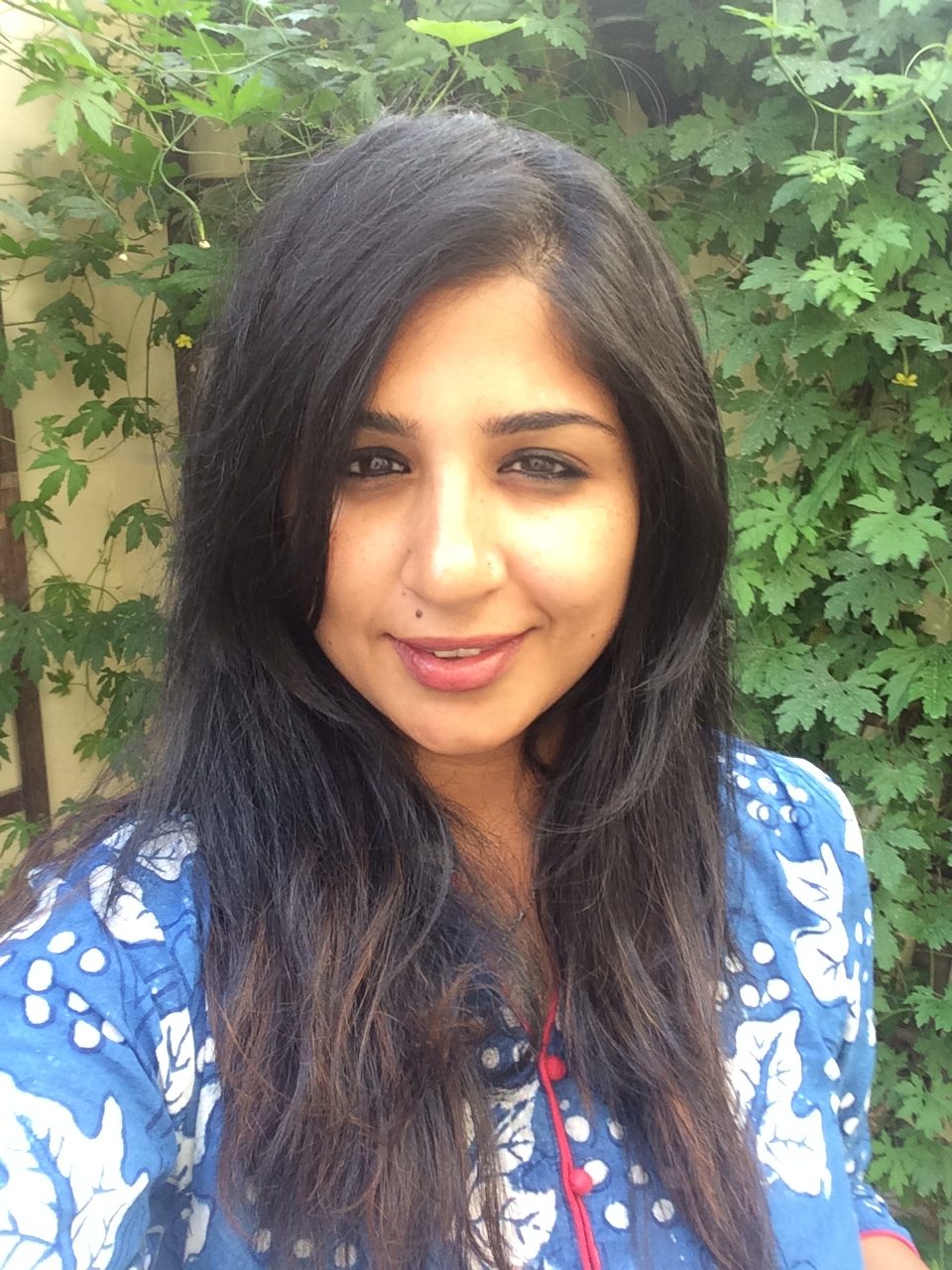
Correspondence, reports and other papers relating to efforts, undertaken by representatives of the Middle East Anti-Locust Unit (MEALU) in 1942. (source: The Peninsula)
Locust plagues have been around from time immemorial; the Holy Quran and the Bible tell us they were one of the five plagues inflicted on ancient Egypt. They were thought to have been relegated to history, but this year they reappeared, this time wreaking havoc in the Horn of Africa.
Billions of locusts have been causing turmoil in Kenya and Uganda for several months, bringing devastation to crops and livelihoods in what is believed to be the worst infestation since 1942. Locusts also teem through the Gulf region annually between January and April, and there was understandable concern when sporadic sightings were made in Qatar over the winter months. Thankfully, the Gulf region was unaffected.
But, as historical documents available on the Qatar Digital Library (QDL) reveal, this was not the case in 1942, when World War II was into its third year and Allied forces were fighting a losing battle against the Axis powers in North Africa.
These records, from the British Library, tell how, early that year, the Gulf region experienced a locust plague on such an immense scale that the Allies feared a catastrophic food shortage that could lose them the war in the Middle East.
In response, Britain established the Middle East Anti-Locust Unit (MEALU) to eradicate the locusts. The documents on the QDL tells of the accomplishments of MEALU during the war and after, including the considerable degree of international cooperation that was required to defeat these creatures in a battle the Allies could not afford to lose.
Dr. James Onley, Director of Historical Research and Partnerships at Qatar National Library, explained how “The Allies considered their anti-locust campaign in the Middle East to be second only in importance to their campaign against the enemy. MEALU organised a series of annual military operations to find and exterminate the locusts’ breading grounds in Arabia. These operations were hugely successful and made an important contribution towards winning the war in the Middle East. It’s a fascinating story of man versus nature.”
MEALU staff numbered in the hundreds, comprised of British Army personnel and British and Arab civilians. They wore traditional Arab headdress: the officers wearing a white ghutrah with a gold ‘agal, the others wearing a red-and-white shemagh and black ‘agal. They were divided into vehicle detachments, which patrolled vast stretches of territory throughout the Arabian Peninsula, covering 40 miles a day, searching for and poisoning the locusts’ countless breeding grounds. These vehicle detachments were comparable in organization to the Allies’ famous Long Range Desert Patrol Group that operated behind enemy lines in North Africa. They were supported by transport and spotter aircraft from the Royal Air Force and US Army Air Force, as well as by a vast intelligence network that gathered reports of locust sightings.
But not all members of the MEALU patrolled by vehicle. The unit’s most famous member, the English explorer and travel writer, Wilfred Thesiger, who worked as a MEALU locust research officer, trekked across the Empty Quarter in 1946 by camel with a small Bedouin party to gather intelligence about locust breading grounds. The journey was long and arduous, a triumph of man over nature. He later published an account of his mission in Arabian Sands (1959), a celebrated classic of travel literature, and one of the greatest stories of man versus the desert ever written.
As a result of the MEALU’s remarkable efforts, there were no major outbreaks of locust swarms for the remainder of the war, and the vital supplies of food remained unaffected, helping the Allies defeat the Axis powers in the Middle East.
This incredible, but largely unknown, story is just one example of thousands that await discovery on the QDL: www.qdl.qa/en/archive/81055/vdc_100000000193.0x0000d3
Dr. Onley added that “The QDL is changing the way scholars and students research the history of the Arabian Peninsula and the Gulf region. It has become their first port of call, enabling them to find in seconds what used to take them weeks, months, or even years. It is making the past more accessible than ever, leading to a sharp increase in the number of exciting new historical studies on the Gulf––the least-studied region in the Middle East.”
Source: The Peninsula
More on Arts & Literature






Leave A Comment
You must be logged in to post a comment.